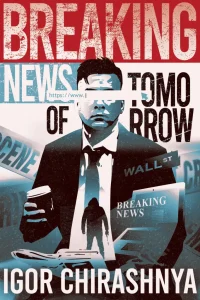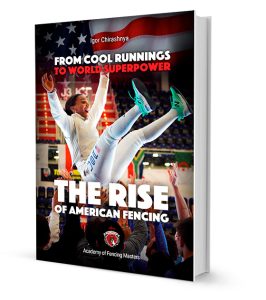There are fencing competitions, and then there are fencing competitions. The fencing Grand Prix is a fencing competition that is unlike anything else in America. There are certainly other competitions in the world that have a similar stature in terms of size or media...








